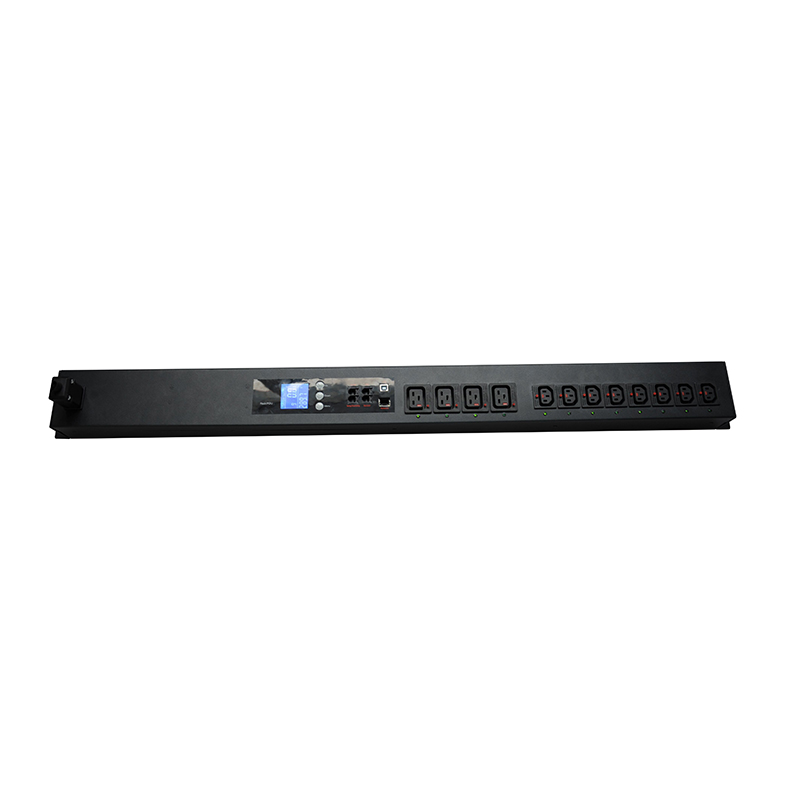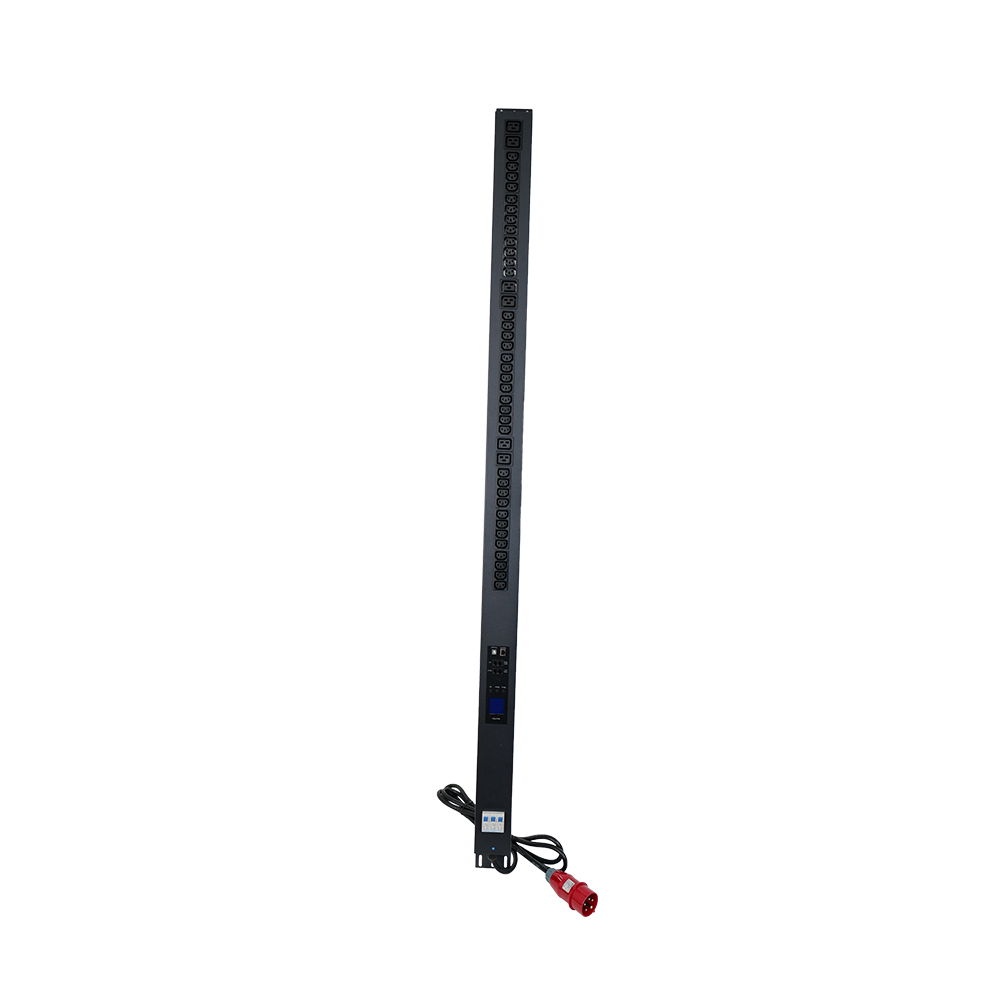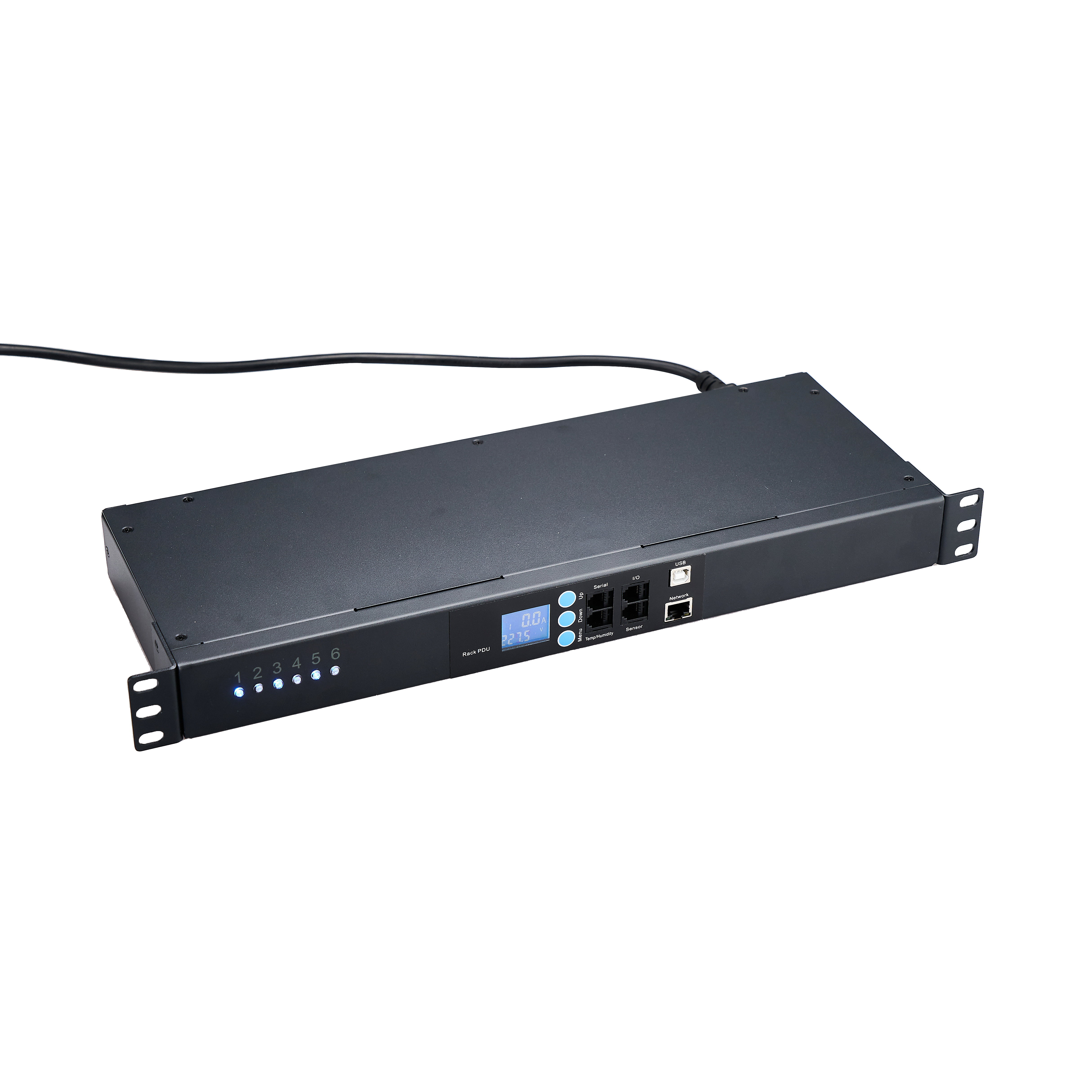Intelligent PDU
Intelligent Power Distribution Units (iPDUs or SPDUs) represent a significant evolution in power management technology, providing advanced features and capabilities beyond those of basic PDUs. The history of intelligent PDUs can be traced to the growing need for more sophisticated power distribution solutions in data centers and IT environments. The need for real-time monitoring, remote control, and enhanced energy efficiency drove the development of these intelligent solutions. Similarly, there are 3 phase rack PDU and single phase network cabinet PDU. Intelligent PDUs offer several advantages over basic PDUs. The key differentiators include:
Remote Monitoring: Intelligent PDUs enable remote monitoring of power usage, allowing administrators to track real-time data on energy consumption, voltage, and current for each outlet.
Power Control: Unlike basic PDUs, intelligent PDUs often come with the ability to remotely turn individual outlets on or off. This feature enhances control and facilitates power cycling for troubleshooting or energy-saving purposes.
Environmental Monitoring: Intelligent PDUs may include sensors for environmental factors such as temperature and humidity, providing insights into the conditions of the data center or server room.
Energy Efficiency: With advanced monitoring and control capabilities, intelligent PDUs contribute to improved energy efficiency by identifying areas for optimization and reducing power wastage.
Intelligent PDUs can be classified based on their functionalities:
Switched PDUs: Offer remote power control capabilities.
Metered PDUs: Provide accurate measurements of power consumption.
Environmental Monitoring PDUs: Include sensors for environmental factors.
In conclusion, intelligent PDUs have become integral components in modern data centers, offering advanced features that enhance efficiency, reduce downtime, and contribute to overall sustainability in power management. Their evolution represents a response to the dynamic and increasingly sophisticated requirements of contemporary IT infrastructures.





